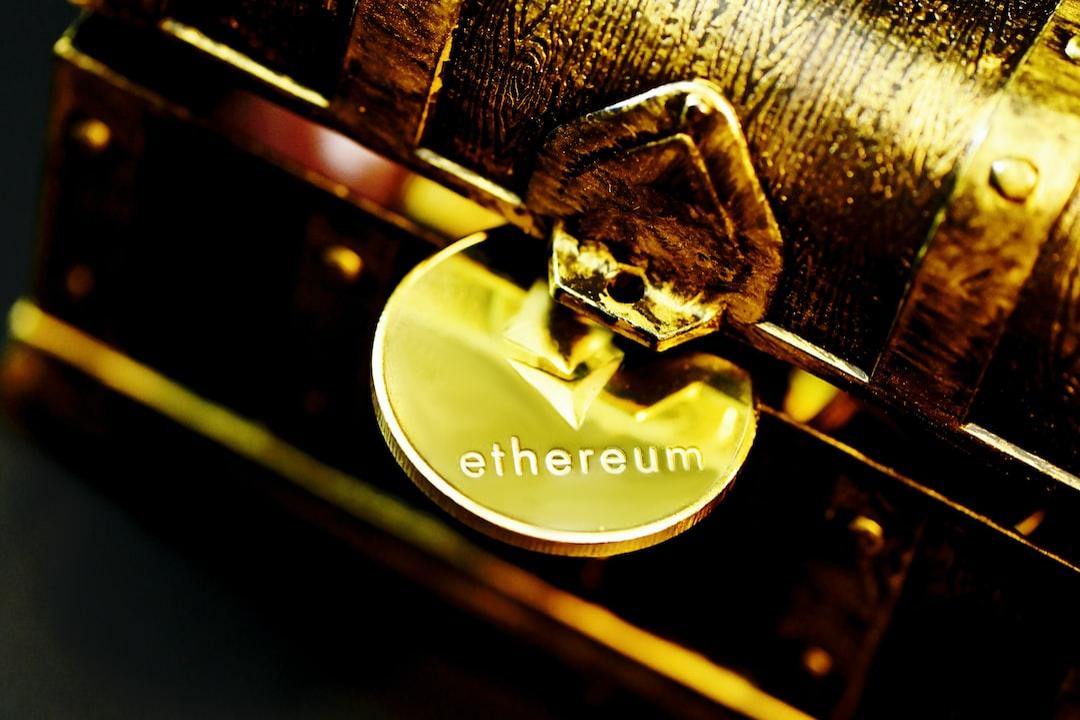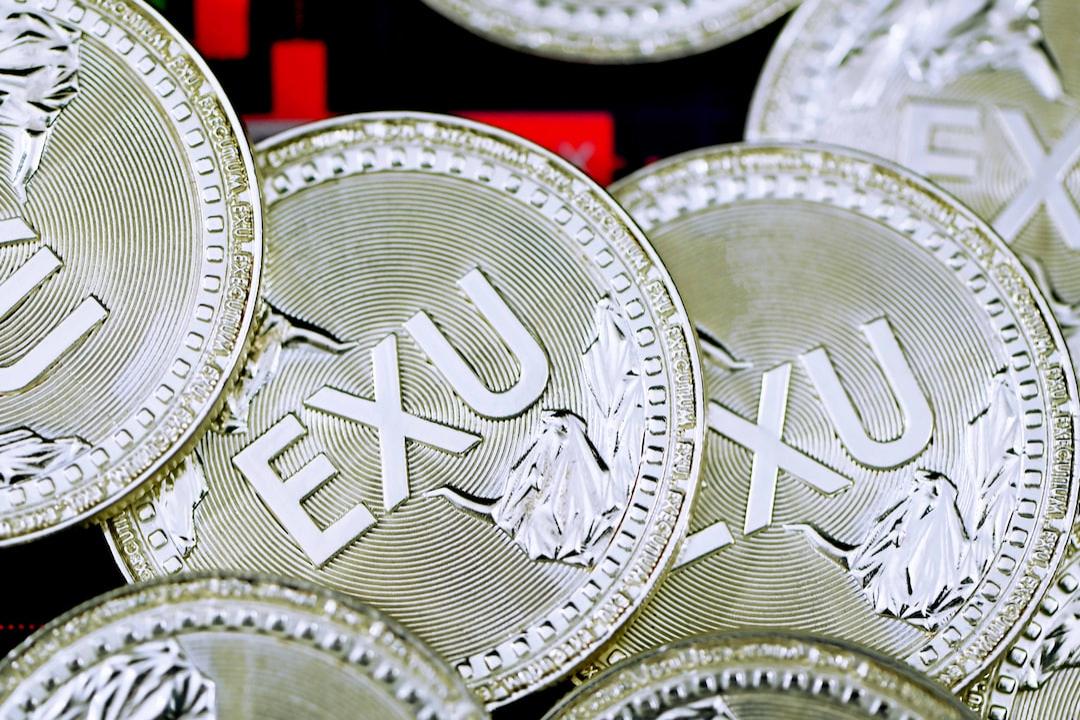Aave and Chainlink recently joined forces to promote collaboration in the DeFi sector, which not only boosted the market performance of both projects but also brought new solutions to the liquidation mechanism.
The two leading DeFi projects, Aave (AAVE) and Chainlink (LINK), have both seen significant increases today. However, the reason behind this is not the concept of Trump’s WLFI adding positions again, but the two projects working together to advance a tangible collaboration that is expected to help both parties generate tens of millions of dollars in revenue annually.
According to OKX, as of around 11 am Beijing time, AAVE is temporarily reported at 377.69 USDT, with a 24-hour increase of 16.66%; LINK is temporarily reported at 23.9 USDT, with a 24-hour increase of 5.8%.
Chainlink SVR
In the early morning of Beijing time today, Chainlink officially announced the launch of a new service called “Smart Value Recapture (SVR).” This is a new oracle solution that aims to enable DeFi applications to recapture MEV (Miner Extractable Value) value in a “non-toxic” manner through Chainlink’s pricing.
MEV refers to the value obtained by block proposers through the inclusion, exclusion, or modification of transaction orders in specific blocks. As a subset of MEV, OEV (Oracle Extractable Value) refers to the MEV generated when oracle reports are transmitted on-chain and consumed by on-chain applications. The most common OEV opportunities occur in lending protocols, especially during the liquidation process.
Odaily Note: The term OEV is actually a misinterpretation because it does not refer to oracles actively extracting value from users, but rather refers to MEV associated with oracles.
In the current DeFi execution environment, the value of MEV (especially OEV) is captured by participants in the block construction process, such as searchers, builders, and validators, without being returned to the original creators of MEV, the DeFi protocols, end users, and oracles. If there is a way to recapture this MEV, it will help return the related value to its original creators.
This is the original intention of Chainlink’s SVR. From an application perspective, Chainlink SVR cannot be used for controversial MEV plundering scenarios such as front-running or sandwich attacks, but is specifically designed for value recapture scenarios related to liquidation, aiming to address the OEV issue that commonly plagues lending protocols. 
Integration Proposal by Aave Community
As one of the collaborators in the development of the initial version of SVR (including BGD Labs, Flashbots, Aave DAO), Chainlink’s announcement prompted BGD Labs to initiate a preliminary proposal on the Aave community forum, suggesting that Aave integrate SVR as soon as possible.
BGD Labs pointed out that Aave’s long-standing stable execution has proven the effectiveness of its liquidation mechanism, but there are also obvious MEV arbitrage opportunities. In actual liquidation scenarios, builders often receive significant profits without doing the majority of the work, while searchers, the protocol users, receive a much smaller proportion.

Chainlink’s SVR is expected to effectively address this issue and more precisely define the entities that benefit the most from transaction ordering. Due to stability considerations, BGD Labs suggested deploying SVR for only 1-3 assets in the initial pilot phase to promote integration in a controlled manner.
Potential Value Capture Scale
According to Chainlink, the tested Chainlink SVR is expected to achieve an approximately 40% actual value capture rate (recovering $40 for every $100 of leaked MEV during liquidation).
Chainlink also stated that although some alternative solutions claim to achieve higher liquidation recovery efficiency, the team has not seen definitive empirical data to prove this. For SVR, 40% is a conservative but realistic estimate, and actual data needs to be collected through performance.
BGD Labs also added that a 40% recovery efficiency corresponds to the scale of past MEV leaks, and it is expected to achieve value recovery of tens of millions of dollars.
It is worth mentioning that BGD Labs mentioned that, for the sake of system simplification, the form of assets receiving the recovered value will be ETH.
Revenue Sharing Plan
In its announcement about SVR, Chainlink stated that the value recovered by SVR will be distributed between the integrated DeFi protocols and the Chainlink network according to standard proportions, with 60% of the value flowing to the DeFi protocol and 40% to the Chainlink ecosystem. The proportions are not fixed and may be adjusted in the future.
For the first partner, in order to achieve long-term cooperation with Aave, Chainlink proposes a revenue sharing ratio of 65% to Aave and 35% to Chainlink for the first six months. However, this proposal must be approved through Aave’s community governance.
As for the final destination of the value after sharing, Chainlink did not explicitly mention it, only stating that it will support the economic sustainability of Chainlink oracles through paying transaction gas costs and other ongoing infrastructure expenses. However, BGD Labs has proposed using the recovered value to benefit users, such as providing incentives to pledgers of the Umbrella module. This may also be one of the reasons why AAVE’s increase is more significant than LINK’s at the moment. 

